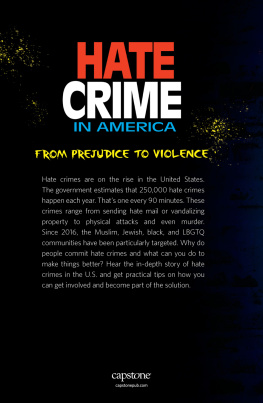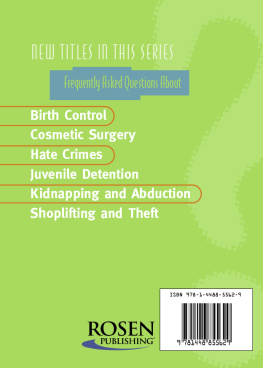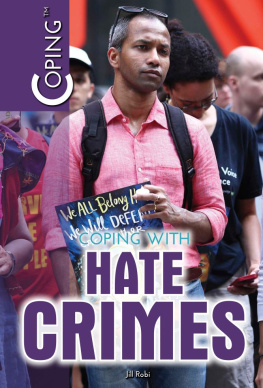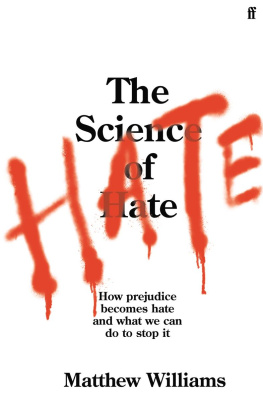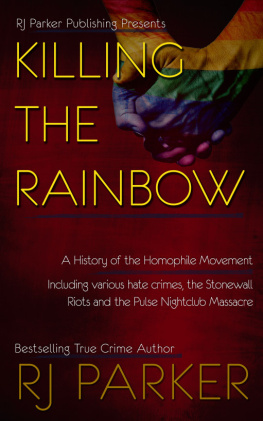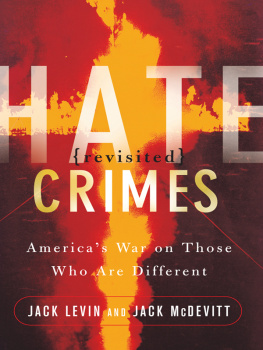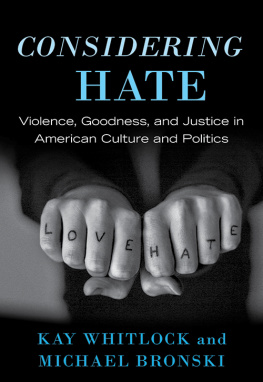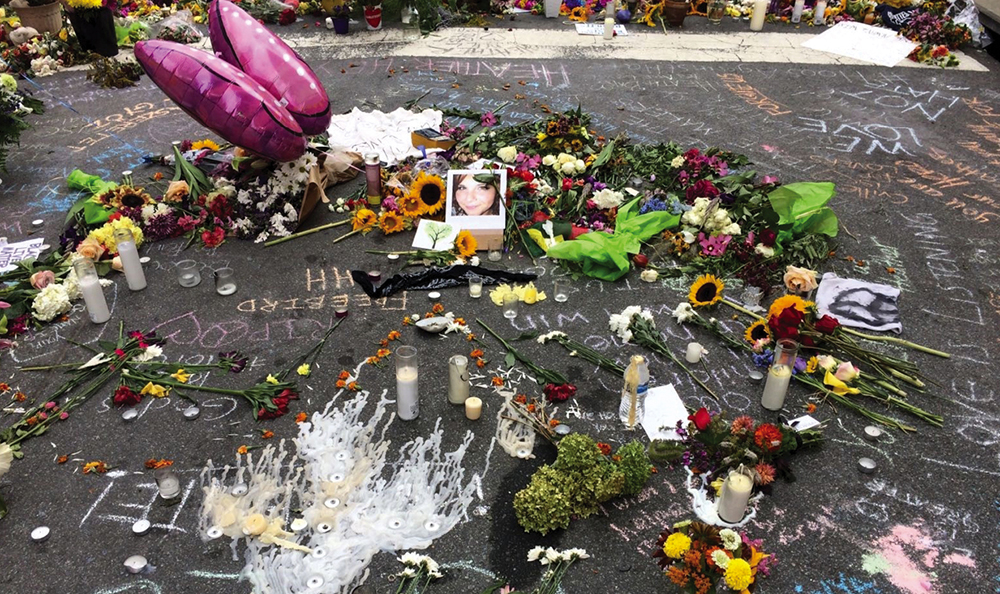To my precious grandchildren, who I hope can grow up in a world with a little less hate in it
Text copyright 2019 by Lerner Publishing Group
All rights reserved. International copyright secured. No part of this book may be reproduced, stored in a retrieval system, or transmitted in any form or by any meanselectronic, mechanical, photocopying, recording, or otherwisewithout the prior written permission of Lerner Publishing Group, Inc., except for the inclusion of brief quotations in an acknowledged review .
Twenty-First Century Books
A division of Lerner Publishing Group, Inc.
241 First Avenue North
Minneapolis, MN 55401 USA
For reading levels and more information, look up this title at www.lernerbooks.com .
Main body text set in Adobe Garamond Pro Regular 11/15.
Typeface provided by provided by Adobe Systems.
Library of Congress Cataloging-in-Publication Data
Names: Miller, Michael, 1958 author.
Title: Exposing hat e : prejudice, hatred, and violence in action / Michael Miller.
Description: Minneapoli s : Twenty-First Century Books, [2019 ] | Audience: Age: 1318 . | Audience: Grade 9 to 12 . | Includes bibliographical references and index . |
Identifiers: LCCN 2018021233 (print ) | LCCN 2018026644 (ebook ) | ISBN 9 781541543911 (eb pdf ) | ISBN 9 781541539259 (l b : alk. paper)
Subjects: LCSH: Right-wing extremists . | Hate groups . | Hate speech . | Hate.
Classification: LCC HN49.R33 (ebook ) | LCC HN49.R33 M555 2019 (print ) | DDC 305.5/68dc23
LC record available at https://lccn.loc.gov/2018021233
Manufactured in the United States of America
1 - 45127 - 35942 - 10/10/2018
Contents
Chapter 1
Violence Erupts: Extremism Turning to Hate
Chapter 2
A Long History: Hate in the United States
Chapter 3
Organizing Hate: Hate Groups
Chapter 4
Enacting Hate: Hate Crimes
Chapter 5
Promoting Hate: Hate Speech
Chapter 6
Drawn In: Why Some Choose Hate
Chapter 7
Resist: Combating Hate
Chapter 1
Violence Erupts:
Extremism Turning to Hate
I n the early morning of August 12, 2017, the usually quiet college town of Charlottesville, Virginia, was anything but quiet. A large group was gathering to protest the citys decision to remove a statue of Confederate general Robert E. Lee, the famous leader of Southern troops during the American Civil War (18611865). The Unite the Right rally attracted a number of extreme alt-right, neo-Nazi, and white supremacist groups, all of whom stand against removing Confederate symbols from the American South. These protesters support Confederate symbols as a part of southern culture. They also support the Confederate belief in the superiority of the white race over other minorities, particularly blacks. (In this book, white refers to people who can trace their ancestral roots to Europe.) They view removing Confederate symbolssuch as flags and statuesas attacks on the white race. On this day, they wanted to use the Charlottesville rally to take a public stand in support of their racial views.
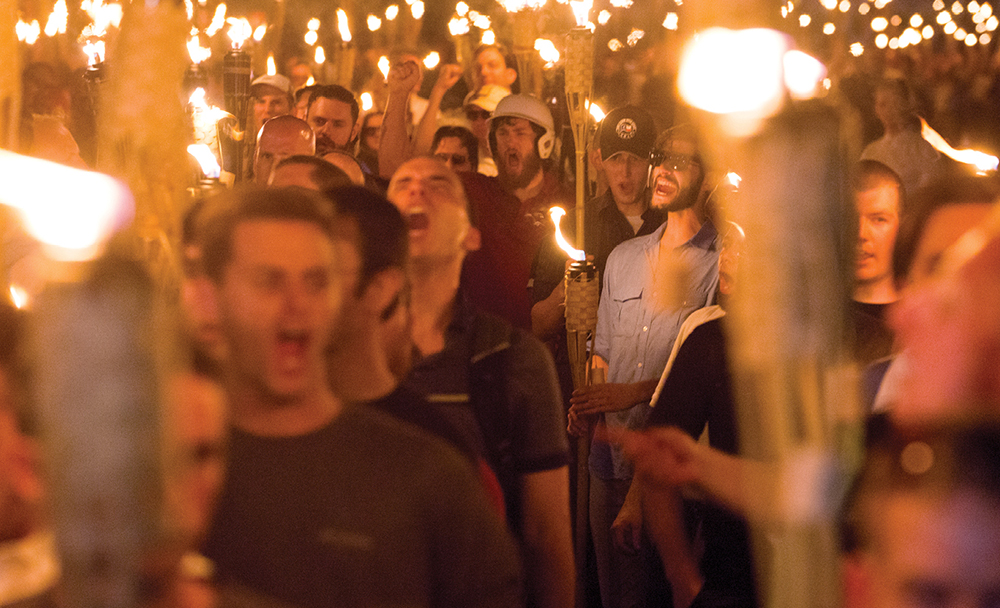
The night before the official Unite the Right rally on August 12, 2017, protesters met at the University of Virginia in Charlottesville. The group carried torches and chanted white power slogans as they marched through campus. A small clash with a group of counterprotesters hinted at what was to come the next day.
The rally was scheduled to kick off at noon on Saturday. But rallygoers started arriving at Emancipation Park around eight in the morning. The crowd included a wide variety of extremist groups and militias, or citizen groups organized as a military force. In response, hundreds of counterprotesters gathered. Tensions flared from the very beginning, and rallygoers and counterprotesters yelled insults and chants. Small fights started up and died down. Eventually, a large-scale fight broke out as rally marchers and counterprotesters attacked each other, punching, swinging wooden clubs, and spraying chemical irritants into the crowd. As fighting grew more out of hand, police stepped in to break up the fights and turn people away. The police declared an unlawful assembly, saying it was illegal for individuals to continue to gather because of the threat to public safety and peace. The crowds started to split up, and the Unite the Right rally was canceled before it officially began.
But the violence of the day was not over. One of the rallygoers was a twenty-year-old man from Ohio named James Fields Jr. Fields had a history of violence. As a teen, he had attacked his wheelchair-bound mother several times, once with a knife. He was a Nazi sympathizer and a member of Vanguard America, a white supremacist group that believes the United States should be an exclusively white nation.
At 1:14 p.m. that Saturday afternoon, Fields turned his car toward a crowded intersection where counterprotesters had gathered. Fields plowed into the crowd, sending bodies flying through the air. He threw his car into reverse and backed into more people before speeding away.
Nineteen counterprotesters were injured in the attack. One of them, Heather Heyer, died at the scene. Heyer was a thirty-two-year-old Charlottesville resident and a paralegal with a local law firm. She was also an activist, speaking out against inequality and encouraging her coworkers to be more active in their community to fight for social justice. She died from blunt-force injury to the chest after Fieldss car hit her.
The police arrested Fields about 1 mile (1.6 km) away from the incident. They took him into custody and charged him with second-degree murder, five counts of malicious wounding, three counts of aggravated malicious wounding, and one count of hit and run. Heyers ashes were buried in an unmarked, undisclosed location. In October 2018, four alleged members of the California-based Rise Above Movement hate group were arrested and charged with attending the Unite the Right rally and actively promoting violent rioting there.
Mourners and fellow activists set up an informal memorial to Heather Heyer, placing flowers and tributes of love in the place where she was struck by Fieldss car following the Unite the Right rally.
What Is a Hate Group?
Many of the Unite the Right rallygoers, including Fields, were members of organized hate groups. Hate groups advocate hatred and violence toward members of a specific race, ethnicity, religion, gender, or sexual orientation. The hate groups represented in Charlottesville were primarily white supremacists, neo-Confederates, and neo-Nazis. Members of these types of groups believe that whites are by nature superior to blacks and other minority races. They oppose removing statues that memorialize Confederate leaders who played an important role in defending this belief.
Hate groups, however, are not all pro-Confederate or antiblackthey come in all shapes and sizes. The Southern Poverty Law Center, based in Montgomery, Alabama, is a leader in monitoring hate groups across the United States. It defines a hate group as an organization thatbased on its official statements or principles, the statements of its leaders, or its activitieshas beliefs or practices that attack or malign [harm] an entire class of people, typically for their immutable [unchangeable] characteristics.




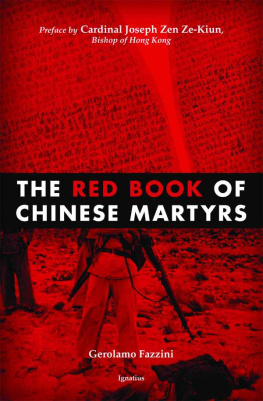


![Michael Miller - Idiots Guides: Music Theory, Third Edition [Book]](/uploads/posts/book/161692/thumbs/michael-miller-idiot-s-guides-music-theory.jpg)

